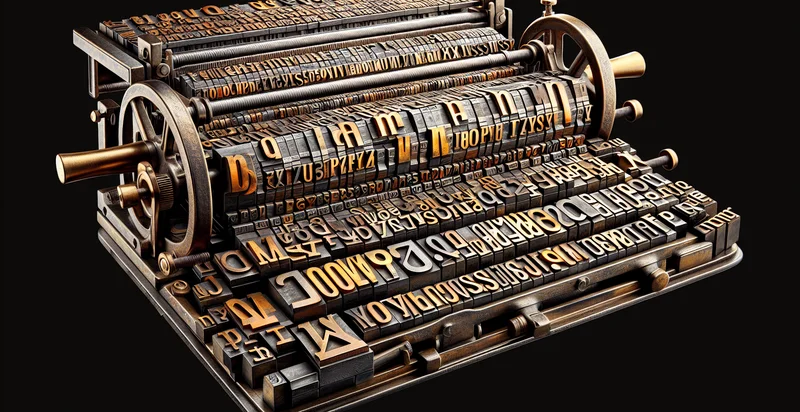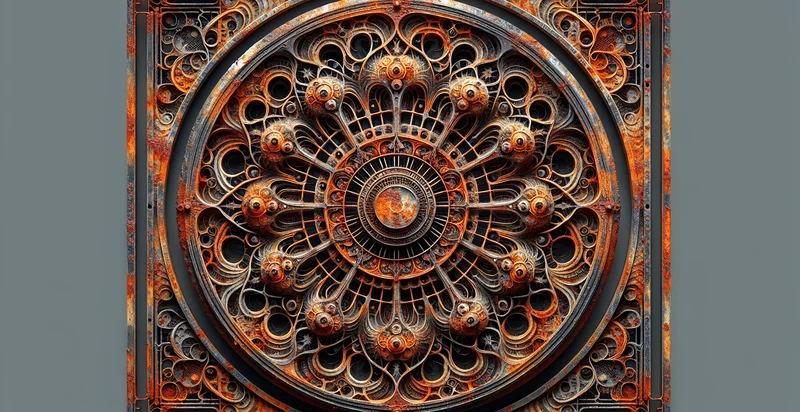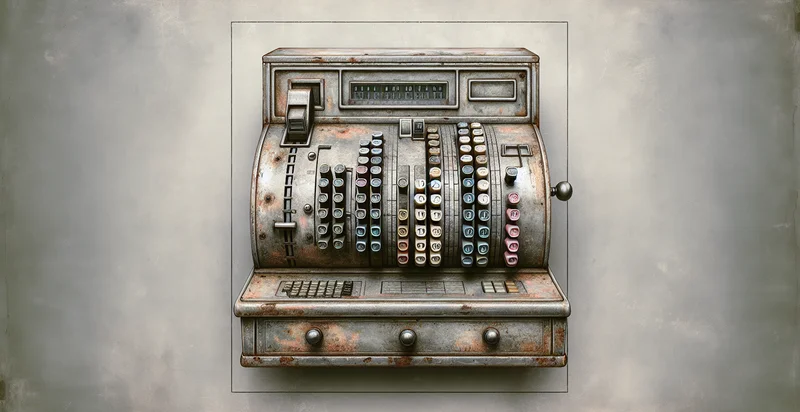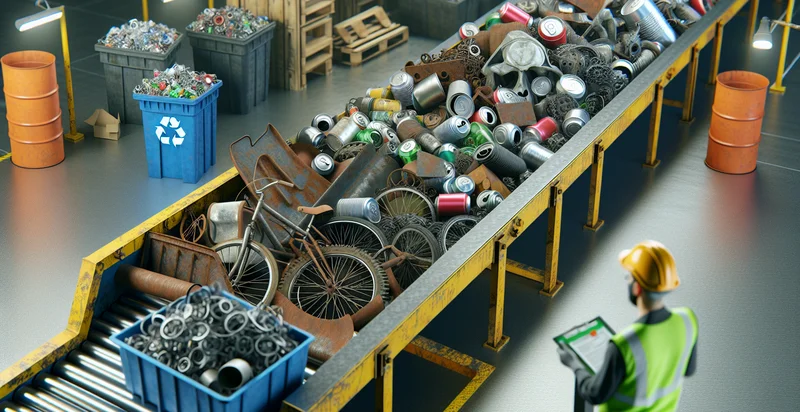Identify metal type
using AI
Below is a free classifier to identify metal type. Just upload your image, and our AI will predict what type of metal it is - in just seconds.

Contact us for API access
Or, use Nyckel to build highly-accurate custom classifiers in just minutes. No PhD required.
Get started
import nyckel
credentials = nyckel.Credentials("YOUR_CLIENT_ID", "YOUR_CLIENT_SECRET")
nyckel.invoke("metal-type", "your_image_url", credentials)
fetch('https://www.nyckel.com/v1/functions/metal-type/invoke', {
method: 'POST',
headers: {
'Authorization': 'Bearer ' + 'YOUR_BEARER_TOKEN',
'Content-Type': 'application/json',
},
body: JSON.stringify(
{"data": "your_image_url"}
)
})
.then(response => response.json())
.then(data => console.log(data));
curl -X POST \
-H "Content-Type: application/json" \
-H "Authorization: Bearer YOUR_BEARER_TOKEN" \
-d '{"data": "your_image_url"}' \
https://www.nyckel.com/v1/functions/metal-type/invoke
How this classifier works
To start, upload your image. Our AI tool will then predict what type of metal it is.
This pretrained image model uses a Nyckel-created dataset and has 20 labels, including Aluminum, Brass, Bronze, Carbon Steel, Cast Iron, Copper, Gold, High-Speed Steel, Iron and Lead.
We'll also show a confidence score (the higher the number, the more confident the AI model is around what type of metal it is).
Whether you're just curious or building metal type detection into your application, we hope our classifier proves helpful.
Related Classifiers
Need to identify metal type at scale?
Get API or Zapier access to this classifier for free. It's perfect for:
- Quality Control in Manufacturing: In metal production facilities, the false image classification function can be employed to identify and classify various metal types during the manufacturing process. This ensures that materials meet specific quality standards, reducing defects and improving overall product integrity.
- Scrap Metal Sorting: Recycling centers can use the metal type identifier to automatically sort mixed metal scrap into distinct categories. This automation streamlines the sorting process, increases operational efficiency, and enhances the value of recycled materials.
- Inventory Management: Warehouses holding various types of metal products can implement this function to effectively classify and catalog their inventory. By ensuring accurate classification, businesses can optimize their storage solutions and reduce errors in order fulfillment.
- Fraud Detection in Sales: Retailers and suppliers can use the metal type identifier to verify the authenticity of metal products being sold. This prevents fraud by ensuring that the metals are accurately represented, thus protecting both the business and its customers.
- Environmental Compliance: Organizations can employ this technology to ensure that their metal waste and recycling processes comply with environmental regulations. By accurately classifying metal types, companies can manage hazardous materials appropriately, avoiding potential fines and environmental impact.
- Robotic Process Automation in Fabrication: In advanced manufacturing settings, robots equipped with this classification function can make real-time decisions about metal processing tasks. This boosts productivity by allowing machines to select the correct tools and processes based on the type of metal being handled.
- Metal Assessment in Construction: Construction firms can integrate this function into their procurement processes to assess the type of metal being used in structural applications. By ensuring the correct metal types are utilized, firms can enhance the safety and durability of their projects.


